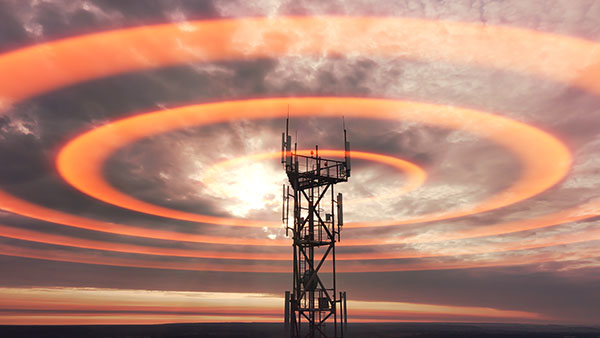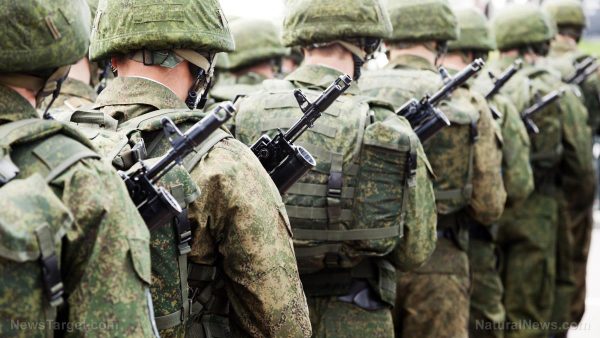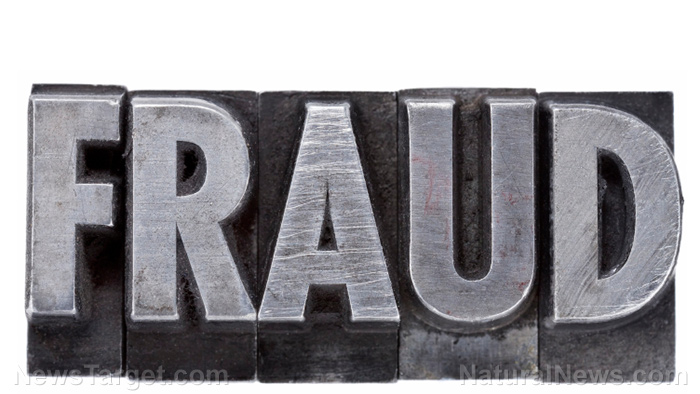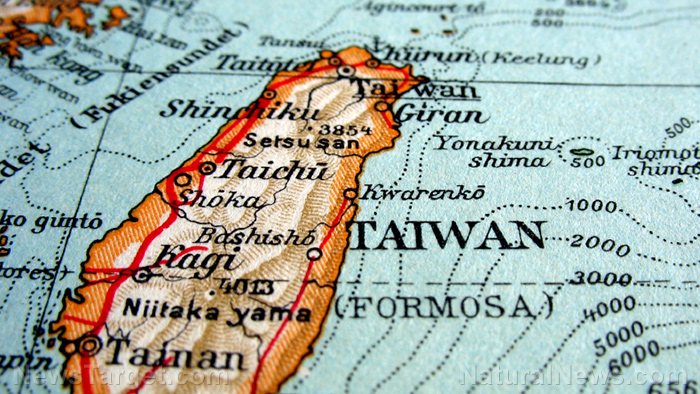
Key points of the article:
- Residents of Sitka, Alaska, are fighting a 120-foot cell tower proposed by Tidal Network.
- The tower would be built in a landslide-prone area and is close to homes.
- CHD’s Stop 5G initiative is supporting the residents' efforts.
- Local opposition was strong, but Tidal Network appealed the initial denial.
- The case is now with the Alaska Office of Administrative Hearings.
A community united in opposition
The proposed cell tower has become a rallying point for residents of Sitka, a remote island town with a population of about 8,400. The tower, which would be constructed on a site prone to landslides, has been met with a unanimous "no" from the local planning and zoning commission. “We don’t need this tower. We already have adequate wireless services through another provider, GCI, which offers affordable broadband and mobile service,” said Kelly Sweeney, a resident and member of Sitka for Safe Tech. “The tower would be so close to my home, I could stand on my back porch and hit it with a rock,” added Hal Spackman, another resident.Health and environmental concerns
The residents of Sitka have raised several key concerns about the proposed tower:- Health risks: There is growing evidence linking exposure to electromagnetic fields (EMF) from cell towers to various health issues, including cancer, neurological disorders and sleep disturbances.
- Landslide risks: The proposed site is in a known landslide area, raising concerns about the structural integrity of the tower and the safety of nearby homes.
- Aesthetic and property value impact: The tower would significantly alter the visual character of the neighborhood and could lead to a decline in property values.
Legal battle and community support
Despite the strong local opposition, Tidal Network, the wireless company behind the project, appealed the commission’s decision. This led to a complex legal battle, with the case now being heard by the Alaska Office of Administrative Hearings. “Miriam Eckenfels, director of CHD’s Electromagnetic Radiation (EMR) & Wireless Program, has been instrumental in providing legal support to the residents,” noted Robert Krehbiel, a member of Sitka for Safe Tech. “We are prepared to fight this battle for as long as it takes to protect our community.”The role of the Children’s Health Defense
The Children’s Health Defense (CHD) has been a critical ally in the residents' fight. CHD’s Stop 5G initiative provides legal and advocacy support to communities opposing the installation of cell towers and 5G technology. “CHD is proud to stand with the residents of Sitka in their fight for a safe and healthy environment,” said Eckenfels. “We know the potential health and environmental risks associated with excessive EMF exposure, and we are committed to supporting communities in protecting themselves.”A fight for the future
The battle over the cell tower in Sitka is more than just a local issue; it is part of a broader movement to raise awareness about the potential dangers of EMF exposure and to advocate for safer technology practices. As the case moves forward, the residents of Sitka remain steadfast in their commitment to protect their community. “The fight might not be over, but we are not giving up,” said Spackman. “We are doing this for the health and safety of our children and our neighborhood.” Sources for this article include: ChildrensHealthDefense.org KCAW.orgControversy surrounds Bill Gates-backed synthetic fruit and vegetable coating
By Willow Tohi // Share
Trump orders Pentagon to deter Russia-China alliance, Hegseth confirms
By Kevin Hughes // Share
Trump vows federal intervention in Chicago and Baltimore despite opposition from local leaders
By Laura Harris // Share
Putin and Xi strengthen strategic alliance with 20 major deals, including landmark gas pipeline
By Kevin Hughes // Share
University of Michigan continues to punish pro-Palestine graduates over protest participation
By Belle Carter // Share
Shanghai Cooperation Summit seals West’s fate: Russia-China gas deal cements post-American order
By Finn Heartley // Share
A viral video ignites federal firestorm over Minnesota fraud
By willowt // Share
Russia activates "unstoppable" Poseidon tsunami drone
By kevinhughes // Share
Russian FM Lavrov: Moscow will back China on Taiwan issue
By ramontomeydw // Share
The breakfast clock: Why timing your morning meal is a secret weapon against high cholesterol
By jacobthomas // Share
The Health Ranger's New Year Revolution: The ultimate guide to health, wealth and freedom
By kevinhughes // Share
"Absolute Healing" on BrightU: Experts explore COVID-19 as an engineered bioweapon
By jacobthomas // Share











